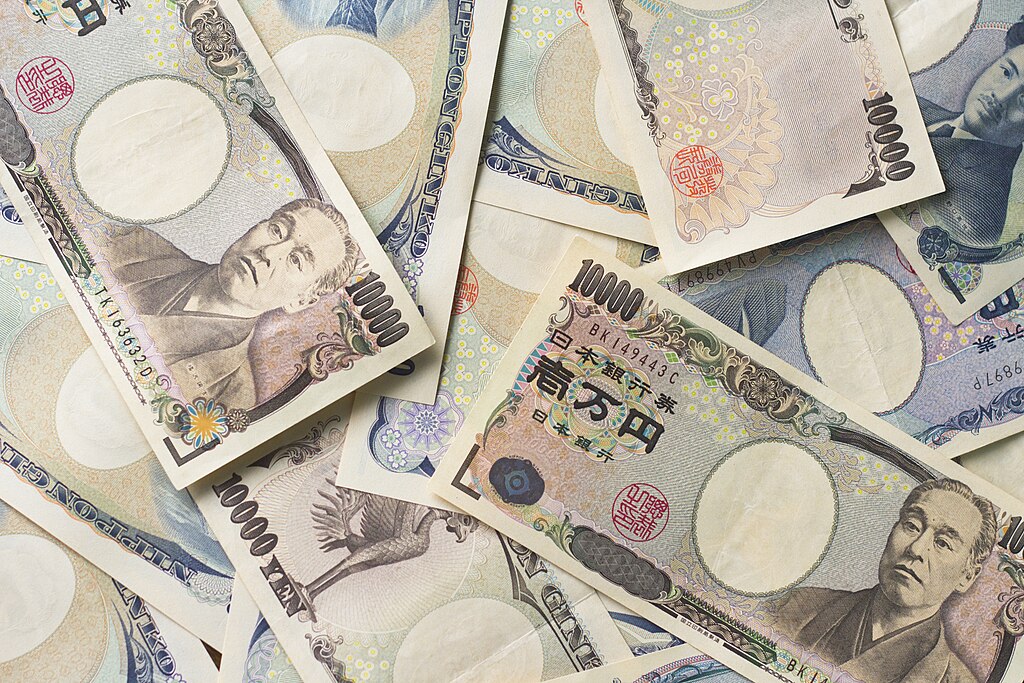If you’re living or working in Japan and have made the decision to retire in the country, you’ll need to find out what pension options are open to you. Japan has a sophisticated pension system consisting of state pension and workplace pension schemes to cover long-term residents. However, you’ll need to get familiar with the rules if you’re an expat, especially if you want to transfer entitlements from your home country. Here’s an overview of how things work.
The Japanese Pension System
Japan’s pension system consists of two pillars, both overseen by the Japan Pension Service. There is an employment-related pension scheme (category 2) for those in permanent employment in Japan and their dependents, as well as a basic state pension (category 1) available to all citizens and long-term residents not covered by a workplace pension. The pension age in Japan is 65, although it’s possible to retire from the age of 60 and draw a reduced pension. You can also carry on working beyond the established pension age and continue making contributions.
Japan has social security agreements with over 20 countries enabling overseas nationals to transfer pension contributions made in their home country to their Japanese pension. If you work in Japan, your employer will enrol you for your pension.
Pension Rates and Contributions
All adults in Japan aged 20-59 are expected to make pensions contributions. The standard contribution rate for a category 1 state pension is currently 17,510 yen a month. You can choose to pay more than this, or may be exempt if you are not working or a low earner. If you are covered by category 2 employees’ pension insurance (EPI), you will make monthly salary contributions that are split with your employer. This is currently capped at just over 21% maximum contribution shared evenly between both parties.
Pension rates in Japan depend on factors such as contributions made and retirement age. The basic Japanese state pension currently pays 831,700 yen a year. You need to have made at least 40 years of contributions to get the full amount. You can get a partial state pension if you have made a minimum of 10 years of contributions.
Private Pensions in Japan
Japan’s private pension sector isn’t as developed as some other countries. However, there are a few private sector options to boost your retirement income. These include additional defined contribution pension plans (iDeCo), which are retirement savings accounts with investment options for anyone aged 20-65. Workers in larger private firms often have pension fund investment options. Expats moving to Japan can also draw on private international savings funds, although earnings must be reported on annual tax returns.
Other Pension Types in Japan
- Disability pension – paid to those with a Grade 1 or 2 disability who have made contributions or qualify for an exemption. The full Grade 1 amount is 1,039,625 yen a year in 2025 with additional payments for any dependent children.
- Survivor’s pension – paid to a surviving spouse if someone dies while contributing to a Japanese state pension and leaves behind dependent children. The maximum amount is 1,071,000 yen a year in 2025.
- Widow’s pension – payable to a widow of someone with no dependent children who has made at least 10 years of contributions.
- Lump-sum death benefit – paid if someone dies without receiving any pension benefits and has made at least 3 years of contributions. It is paid to the family member who shared the livelihood with the deceased. Maximum amount 320,000 yen in 2025.

